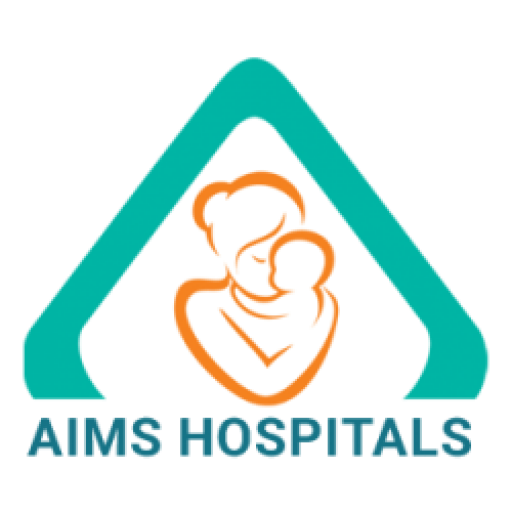Cholesterol is a sort of lipid, or fat, that is essential for the correct performance of our cells. It is generated by our body and additionally gotten from the foods we consume. While cholesterol plays vital duties in hormonal agent manufacturing and also cell membrane structure, high degrees of cholesterol in the blood can present wellness threats.
When we talk about cholesterol, we typically read about 2 kinds: LDL (low-density lipoprotein) cholesterol and HDL (high-density lipoprotein) cholesterol. LDL cholesterol is typically referred to as oculax heureka “bad” cholesterol since it can build up in the arteries and bring about heart problem. On the other hand, HDL cholesterol is called “good” cholesterol because it helps get rid of excess cholesterol from the blood stream.
The Function of Non-HDL Cholesterol
Non-HDL cholesterol is a computed worth that consists of all kinds of cholesterol except HDL. It is taken into consideration a much more detailed action of an individual’s cardiovascular danger than LDL cholesterol alone. Non-HDL cholesterol includes LDL cholesterol, very-low-density lipoprotein (VLDL) cholesterol, as well as other lipoprotein residues that can contribute to the advancement of plaque in the arteries.
Determining non-HDL cholesterol gives a clearer picture of the overall cholesterol web content in the blood, including both the LDL as well as non-LDL components. This is considerable because both LDL cholesterol as well as various other lipoproteins add to the formation of fatty down payments in the arteries, which can ultimately lead to atherosclerosis and increase the threat of heart problem.
By assessing non-HDL cholesterol degrees, medical care experts are able to evaluate the total threat of establishing cardiovascular disease and also guide treatment decisions. Lowering non-HDL cholesterol degrees is an important target for people with elevated degrees, particularly those with a background of cardiovascular disease or multiple risk elements.
- High Non-HDL Cholesterol and Cardiovascular Danger
Researches have actually constantly shown a solid organization between high degrees of non-HDL cholesterol as well as increased cardio threat. Study suggests that non-HDL cholesterol is a far better forecaster of heart problem risk than LDL cholesterol alone. It consists of all the cholesterol content that adds to the development of atherosclerosis, consisting of LDL cholesterol as well as various other cholesterol-rich particles.
Elevated non-HDL cholesterol degrees are particularly concerning in individuals with various other risk aspects such as smoking, diabetes mellitus, hypertension, excessive weight, or a family members history of heart problem. Assessing and managing non-HDL cholesterol levels is vital in these instances to decrease the threat of cardiac arrest, strokes, as well as various other cardio events.
Therapy and also Monitoring of Non-HDL Cholesterol
Lowering non-HDL cholesterol can significantly decrease the threat of heart disease. Way of living alterations such as taking on a heart-healthy diet regimen, taking part in regular physical activity, maintaining a healthy weight, and stopping cigarette smoking are key elements of taking care of non-HDL cholesterol degrees.
In addition to lifestyle modifications, medical care experts might also recommend medications to aid reduced non-HDL cholesterol. Statins, a class of medicines that inhibit cholesterol manufacturing in the liver, are typically recommended to individuals with high non-HDL cholesterol levels. Other medications, such as ezetimibe, fibrates, and PCSK9 preventions, might be recommended in certain cases to even more decrease non-HDL cholesterol keramin pret dr max levels.
- Monitoring Non-HDL Cholesterol
Regular monitoring of non-HDL cholesterol is essential to assess the performance of way of living modifications and medications in taking care of cardiovascular threat. Medical care experts might suggest regular blood tests to measure non-HDL cholesterol degrees and make necessary modifications to the therapy strategy based on the outcomes.
It is essential to keep in mind that non-HDL cholesterol ought to not be checked out in isolation. It should be examined together with other lipid criteria such as LDL cholesterol, HDL cholesterol, and triglycerides to obtain an extensive understanding of a person’s lipid account.
Conclusion
Non-HDL cholesterol is a valuable indicator of cardiovascular risk as it includes all types of cholesterol except HDL. Elevated non-HDL cholesterol degrees are connected with an increased threat of heart disease as well as need suitable administration through way of life modifications and also, if required, medication. Normal monitoring of non-HDL cholesterol degrees is vital in analyzing therapy performance as well as minimizing the risk of cardio events.
